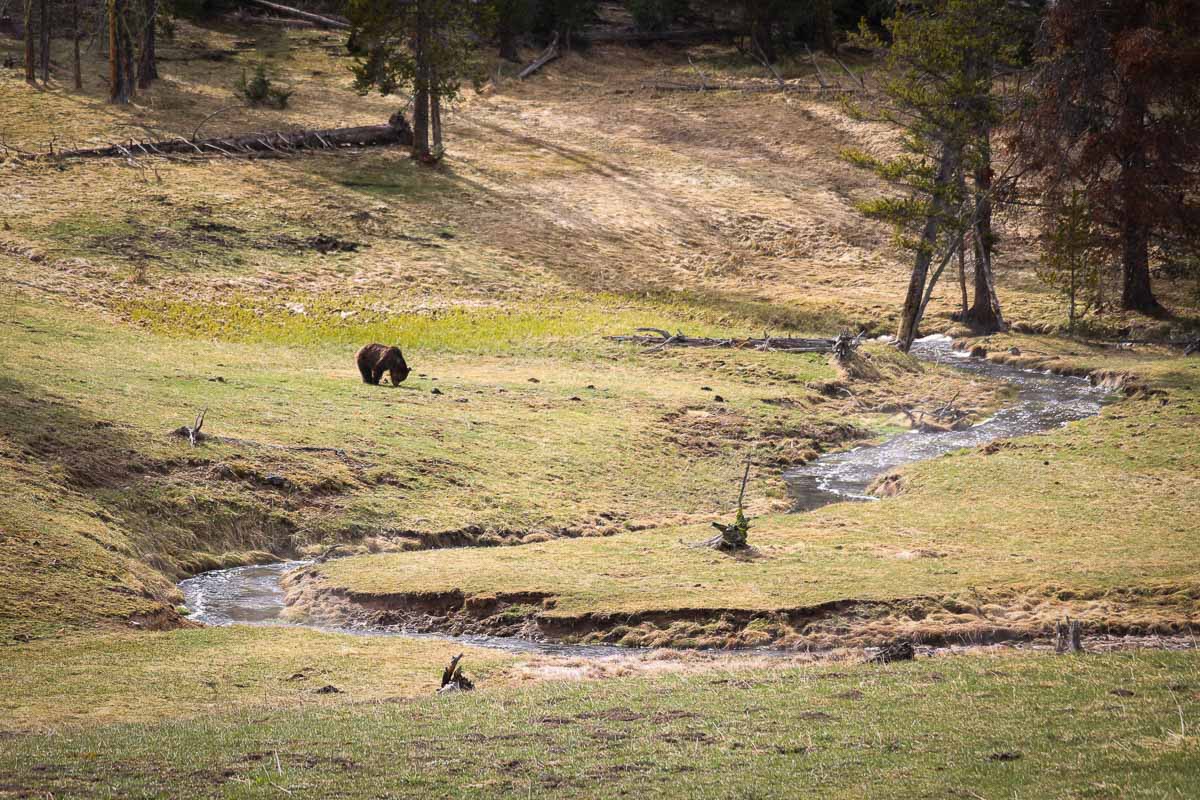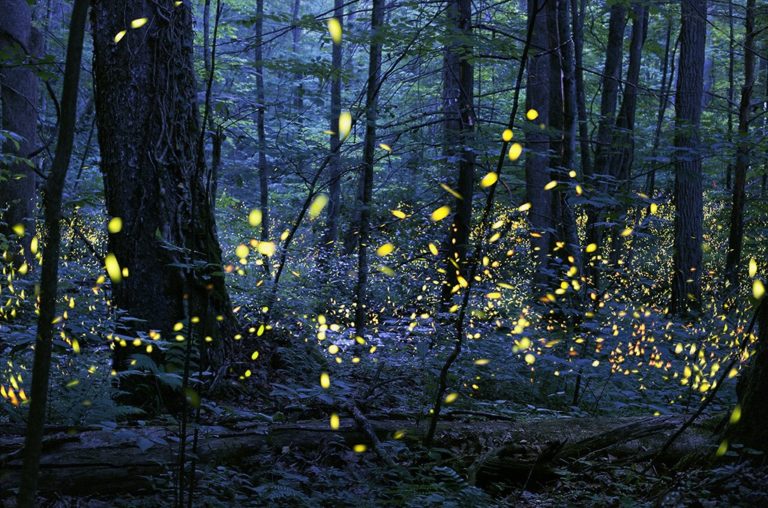Wildlife Biologist Spots First Grizzly Bear of 2023 in Yellowstone National Park
This news story about the first grizzly bear sighting of 2023 in Yellowstone National Park is based on a March 7, 2023, National Park Service press release. You can read the original release here.
Early March traditionally marks the start of the wildlife season in Yellowstone National Park. This is usually when the first grizzly bear of the year is spotted in the park. And this year, in 2023, Yellowstone’s first grizzly bear sighting occurred on Tuesday, March 7.
Last year, the park’s first grizzly sighting also took place on March 7. In 2021, the first grizzly in Yellowstone was seen on March 13, while in 2020, a pilot spotted the first grizzly bear of the year on March 9.
First Grizzly Bear of 2023 Spotted By Biologist in Yellowstone National Park

In a statement, Yellowstone National Park announced that “[o]n Tuesday, March 7, a Yellowstone National Park wildlife biologist on a radio telemetry flight observed the first grizzly bear of 2023 to emerge from hibernation.”
“The adult bear, estimated at 300-350 pounds, was seen near the remains of a bison carcass in Pelican Valley, in the central-eastern part of the park,” the park said.
Male grizzlies, also called boars, typically start coming out of hibernation in early March. On the other hand, females, which are also known as sows, who have cubs emerge a bit later, in April and early May.
Read more about bear hibernation in Yellowstone here.
After bears come out of hibernation, they immediately begin searching for food. They often feed on bison and elk that didn’t survive the harsh Yellowstone winter, the so-called “winterkill.” When feeding on carcasses, grizzlies might respond aggressively to encounters with people.
As such, the park reminds visitors to be vigilant, prepared, and alert when recreating in bear country, which essentially means anywhere in Yellowstone National Park, from the backcountry to the Old Faithful boardwalks and Fort Yellowstone in Mammoth Hot Springs.
Discover the best places to see bears in Yellowstone National Park here.
Grizzly Bear Safety in Yellowstone National Park
“Spring visitors skiing, snowshoeing, or hiking in Yellowstone National Park are reminded to carry bear spray and be especially alert for bears near carcasses and areas with early spring green-up. These are the first foods sought out by grizzlies after emerging from hibernations,” said Kerry Gunther, the park’s bear management biologist.
Bear spray has proven effective in deterring bears defending cubs and food sources. It can also reduce the number of bears killed by people in self-defense. While firearms are allowed in the park, the discharge of a firearm by visitors is a violation of park regulations.
The park implores all people visiting Yellowstone to adhere to the following guidelines:
- Prepare for a bear encounter.
- Carry bear spray, know how to use it, and make sure it’s accessible.
- Stay alert.
- Hike or ski in groups of three or more, stay on maintained trails, and make noise. Avoid hiking at dusk, dawn, or at night.
- Do NOT run if you encounter a bear.
- Stay 100 yards away from black and grizzly bears. Approaching bears within 100 yards is prohibited. Use binoculars, a telescope, or telephoto lens to get a closer look.
- Store food, garbage, barbecue grills, and other attractants in hard-sided vehicles or bear-proof food storage boxes.
- Report bear sightings and encounters to a park ranger immediately.
- Learn more about grizzly bear safety.
To protect both people and bears, the park restricts certain visitor activities in locations where there is a high density of bears, along with elk and bison carcasses. Restrictions will begin in some bear management areas on March 10.






